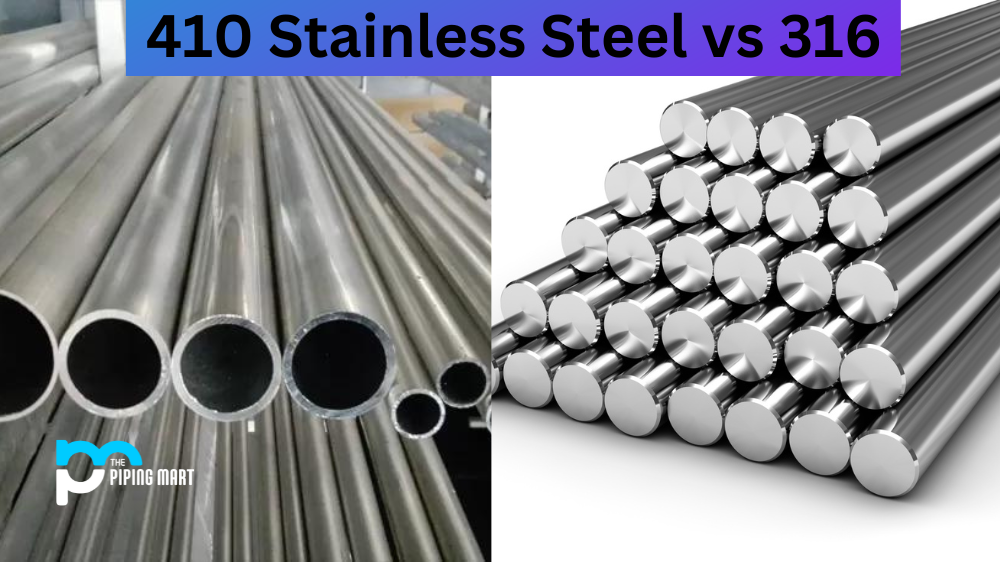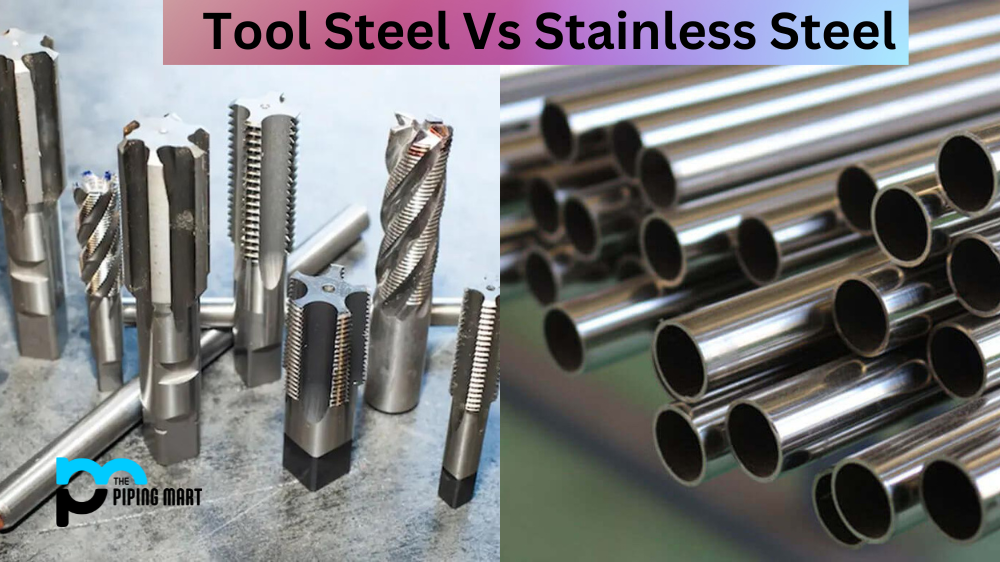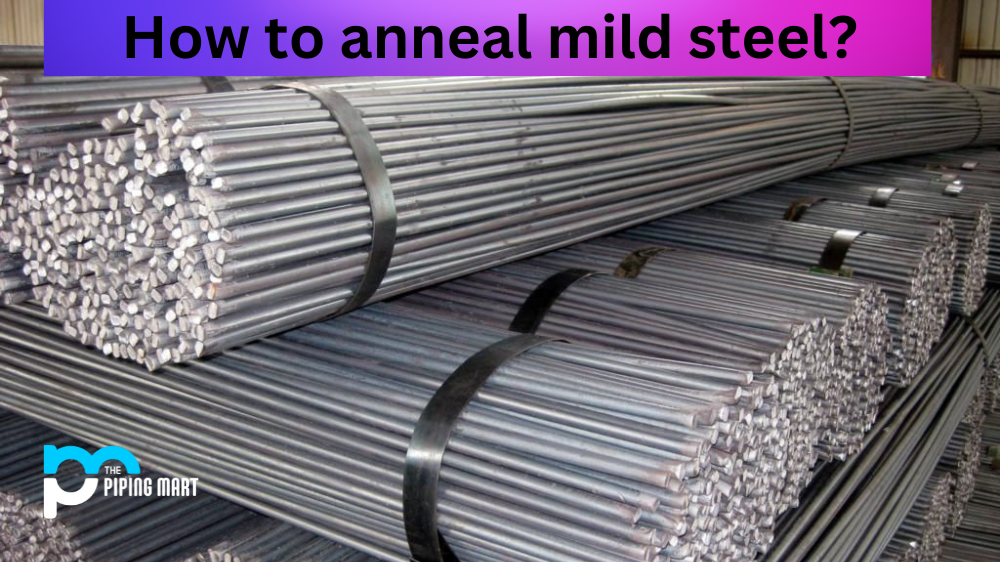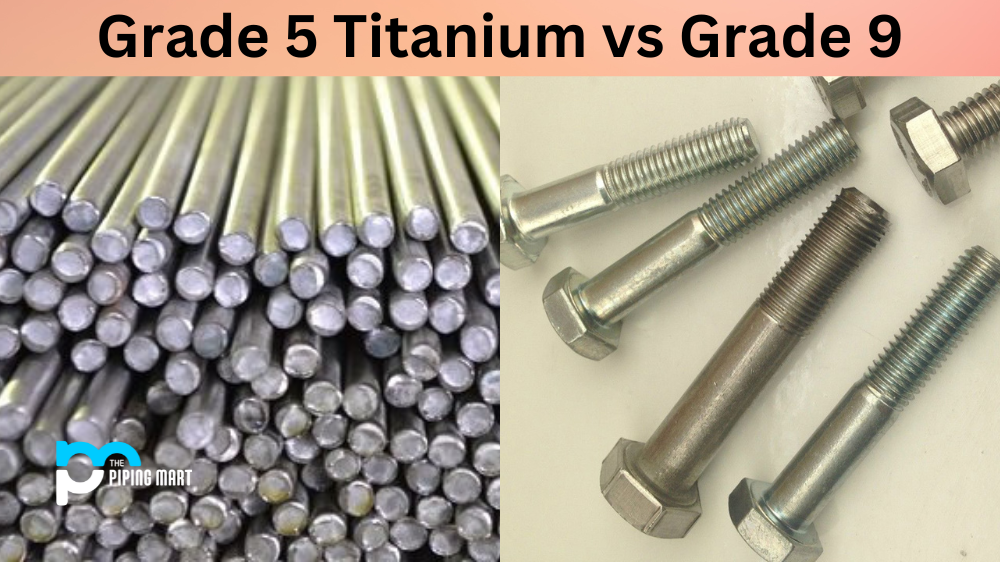When selecting stainless steel for your project, there are several types to choose from. Two of the most common are 410 and 316. While they may look similar, their distinct differences make them better suited for certain applications. In this blog post, we’ll break down the differences between 410 stainless steel and 316 stainless steel and help you determine which is better for your project.
Difference Between 410 Stainless Steel and 316
Composition
The first major difference between 410 and 316 stainless steel is their composition. 410 stainless steel is a martensitic stainless steel that contains chromium and carbon. It has a high hardness level and is commonly used in industrial settings where corrosion resistance is not a primary concern. On the other hand, 316 stainless steel is an austenitic stainless steel that contains chromium, molybdenum, and nickel. It is highly corrosion-resistant and is commonly used in environments where exposure to moisture or saltwater is a concern.
Corrosion Resistance
As previously mentioned, 316 stainless steel is highly corrosion-resistant. This is due to adding molybdenum and nickel to the alloy, which increases corrosion resistance, especially in chloride environments. 410 stainless steel, while not as corrosion-resistant as 316, does have good corrosion resistance against mild atmospheres, fresh water, and mildly acidic solutions. However, it is not recommended for use in marine environments.
Heat Resistance
Another important factor to consider when selecting stainless steel is its heat resistance. 410 stainless steel has a poor heat resistance and is not recommended for high-temperature applications. However, 316 stainless steel has excellent heat resistance and can withstand high temperatures without losing its strength or corrosion resistance properties.
Strength and Durability
Regarding strength and durability, 410 stainless steel is hard and can be tempered for added strength. However, it is less durable than 316 stainless steel, which has higher tensile strength and better impact resistance. This makes 316 stainless steel a better choice for applications that require heavy usage or exposure to extreme conditions.
Cost
Finally, cost is always important when selecting stainless steel for your project. 410 stainless steel is generally less expensive than 316 stainless steel. This can make it a more attractive option for those working on a budget. However, it’s important to remember that the cost savings may come at the expense of corrosion resistance and other properties important to your project’s overall success.
Conclusion
In conclusion, 410 and 316 stainless steel have benefits and limitations. 410 stainless steel is a good choice for applications where hardness and cost are the main factors. In contrast, 316 stainless steel is better suited for applications where corrosion resistance and heat resistance are critical. When selecting stainless steel, it’s important to consider your project’s specific requirements and weigh each option’s benefits and limitations to make an informed decision. With the right choice, you can ensure that your project will be a success from start to finish.

A passionate metal industry expert and blogger. With over 5 years of experience in the field, Palak brings a wealth of knowledge and insight to her writing. Whether discussing the latest trends in the metal industry or sharing tips, she is dedicated to helping others succeed in the metal industry.




